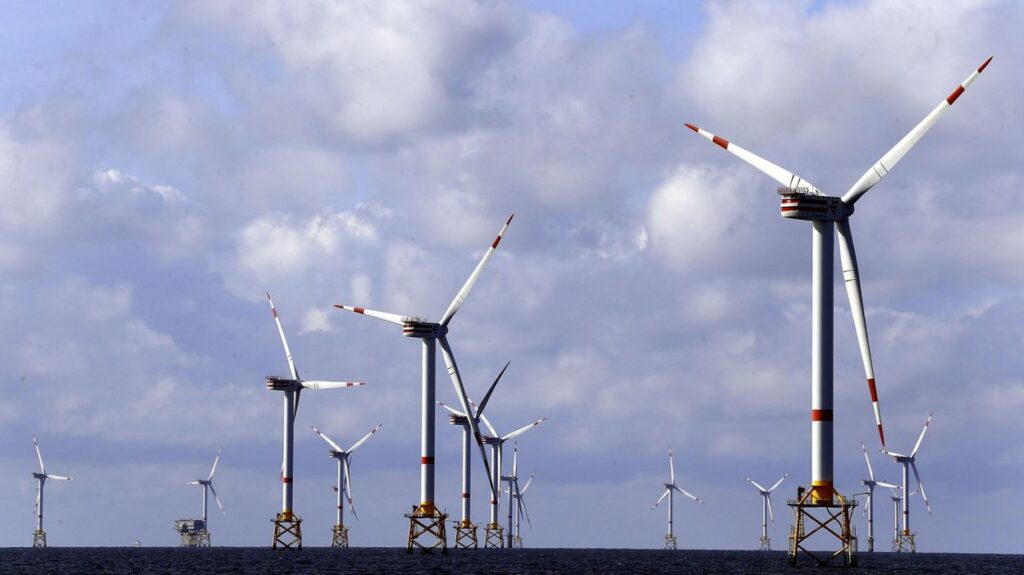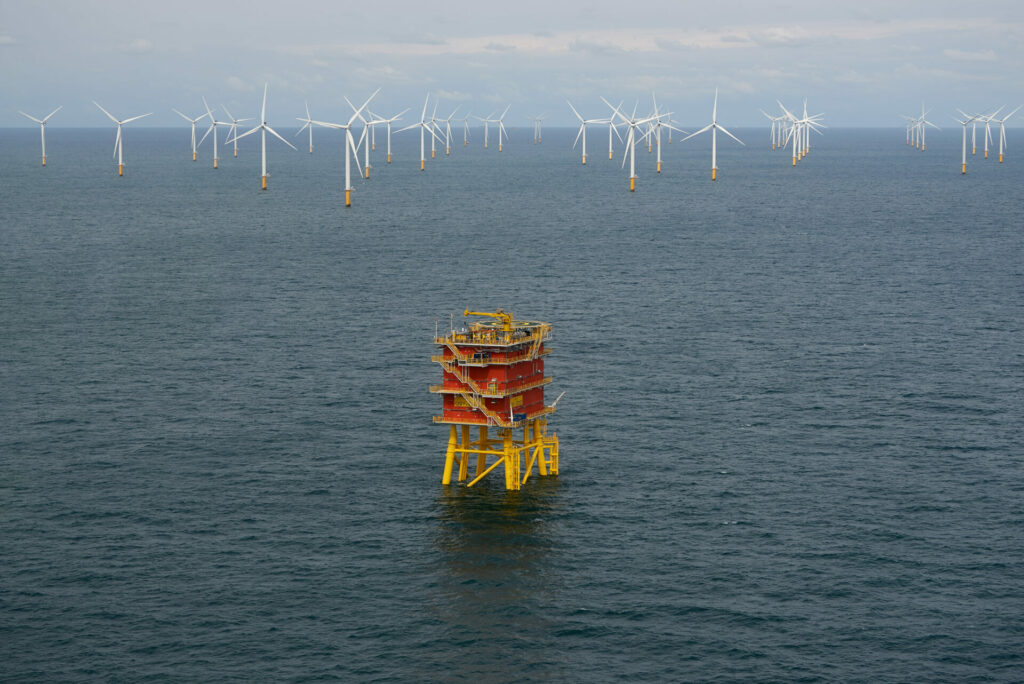Europe installed a record-breaking 4.2 gigawatts of offshore wind farms in 2023, marking a 40% increase from a challenging year in 2022, according to professional body WindEurope.
The organisation expressed optimism about the prospects of offshore wind in Europe, referencing several positive developments that have boosted sector confidence. However, WindEurope expects an annual construction pace of roughly 5 GW over the next three years, a rate that falls short of Europe’s climate and energy objectives.
The 2023 installations were primarily located in the Netherlands, United Kingdom, and France, with the “Hollandse Kust Zuid” site in the Netherlands generating 1.5 GW – presently the world’s largest wind farm.
Approximately €30 billion worth of projects were confirmed, a record level pledging the launch of eight farms.

As Belgium looks to expand its green energy provision, more investment in infrastructure is needed. Credit: Nicolas Maeterlinck / Belga
Poland has newly joined this trend with a final investment decision for an initial 1.2 GW site in the Baltic Sea, setting a target of 18 GW by 2040.
In contrast, the total global investments in 2022 plummeted to €400 million in the face of legal uncertainties and market risks, encumbered further by high interest rates and escalated material costs.
Newly announced factories in 2023, situated in Poland, Denmark, Germany, the Netherlands, and Spain, dispelled fears of supply chain bottlenecks and overwhelming Chinese industry intrusion into Europe, the pioneer region for offshore wind.
Yet WindEurope cautioned that the improvement falls short of Europe’s aspirations; the EU is targeting 111 GW by 2030 but by the end of 2023 had installed less than 20 GW. For comparison, the average nuclear power plant produces 1 GW per year, sufficient to power around 875,000 homes.
Related News
- Europe's green future depends on saving the energy debate from a 'dogmatic sect'
- Belgium's green energy ambitions: Could we really go without fossil fuels?
In a bid to support the sector, the EU announced a series of supportive measures last autumn. Meanwhile, the UK raised its price cap for the site allocation auctions in 2024 after failing to find bidders in previous rounds.
On the British Isles, Danish group Ørsted announced in December its final investment decision to construct the world’s largest offshore wind park, called Hornsea 3, with a 2.9 GW capacity, set to be completed by the end of 2027.
As for RWE, it purchased Swedish firm Vattenfall’s portfolio in the Norfolk area (4.2 GW), intending to resume the Norfolk Boreas project (1.4 GW) in the British North Sea, which was halted due to soaring costs.

